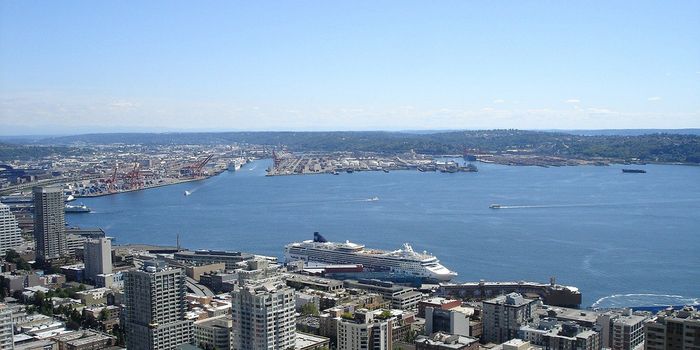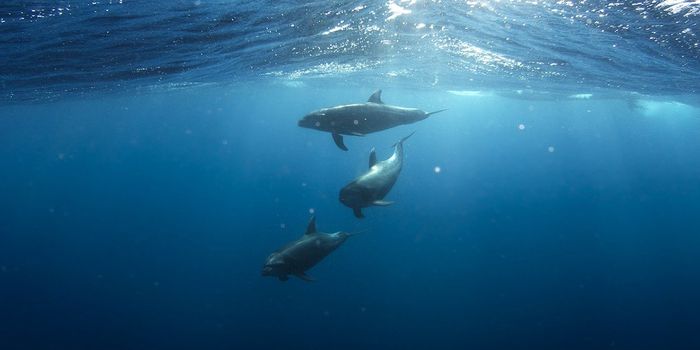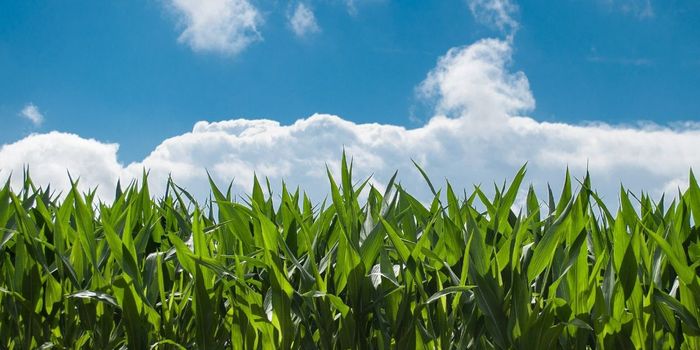Ever wonder why even rivers that run through flat plains with seemingly nothing in their way of running straight (as opposed to rivers that run through mountains) tend to have curves? All it takes for a river to make curves is some sort of disturbance and a lot of time, and in plains and valleys where soil is typically softer than in mountainous regions, rivers have just the right conditions to wind their way along.
The curving process may begin with an event as small as a muskrat burrowing into the side of one bank. The borrow causes the soil of the bank to weaken and eventually erode little by little, until the deepening hole in the bank causes the river's current to run faster in that area. Faster and stronger currents are able to carry more sediments, which then continue the cycle of diverting water towards one side of the bank and away from the other. That makes the other side of the river shallower (because the water running there is now slower and cannot carry as many sediments, so they just drop to the bottom), which keeps accumulating until new land is formed on that bank.
While that land formation is occurring on the inside bank, the outside bank (which is the one originally curving) is flinging the fast moving sediment from one side of the river to the other, eventually creating a curve on the inside bank as well. This process continues, inevitably producing the winding rivers we know well. The wider the river, the longer it takes the flung sediment to reach the other bank, and therefore the greater the distance to the next curve in the river bank. Scientists have actually measured this pattern in rivers and found that the distance from one curve to another is about six times the width of the river. When one curve meets with another curve in the river, it's called an oxbow!








